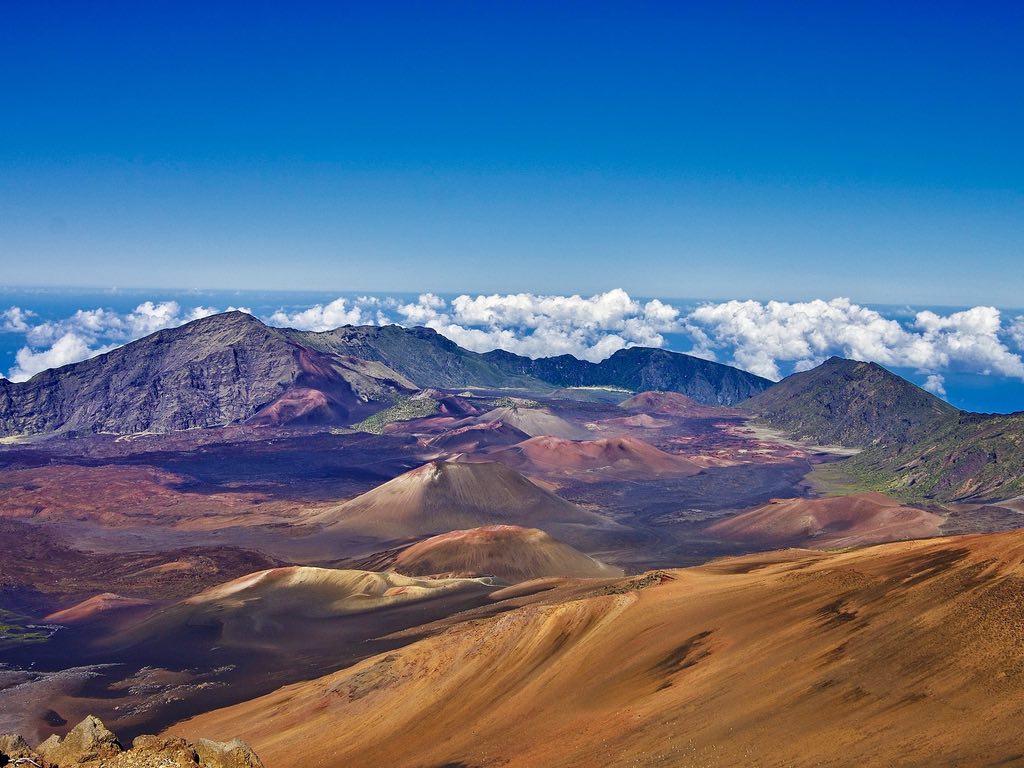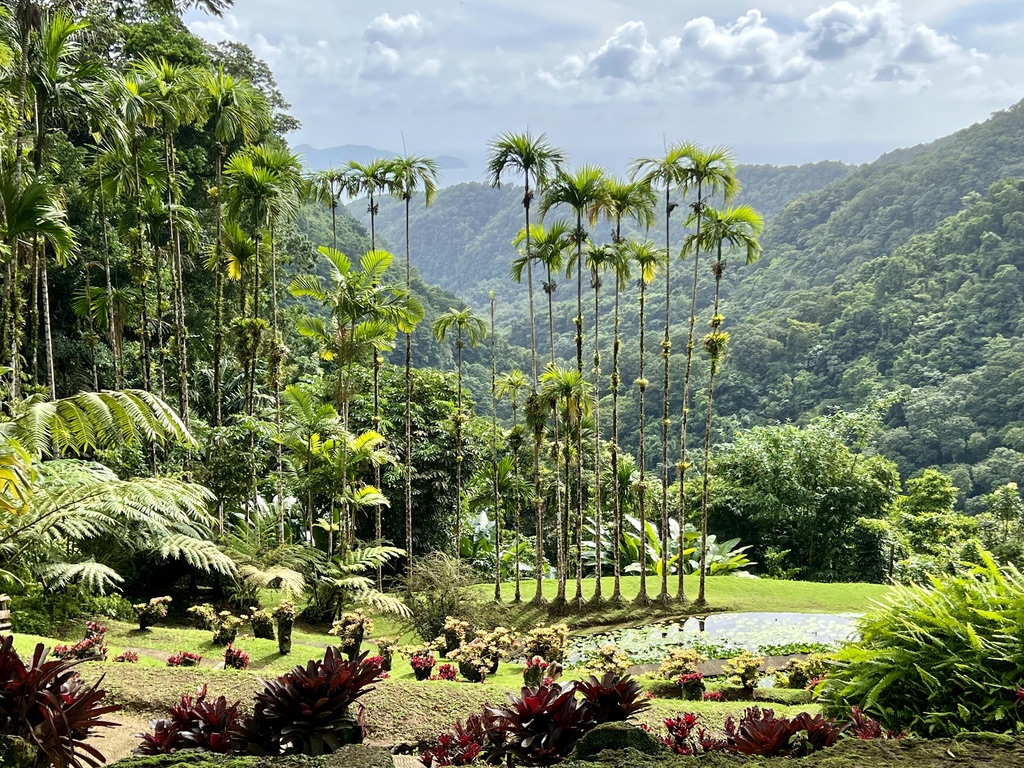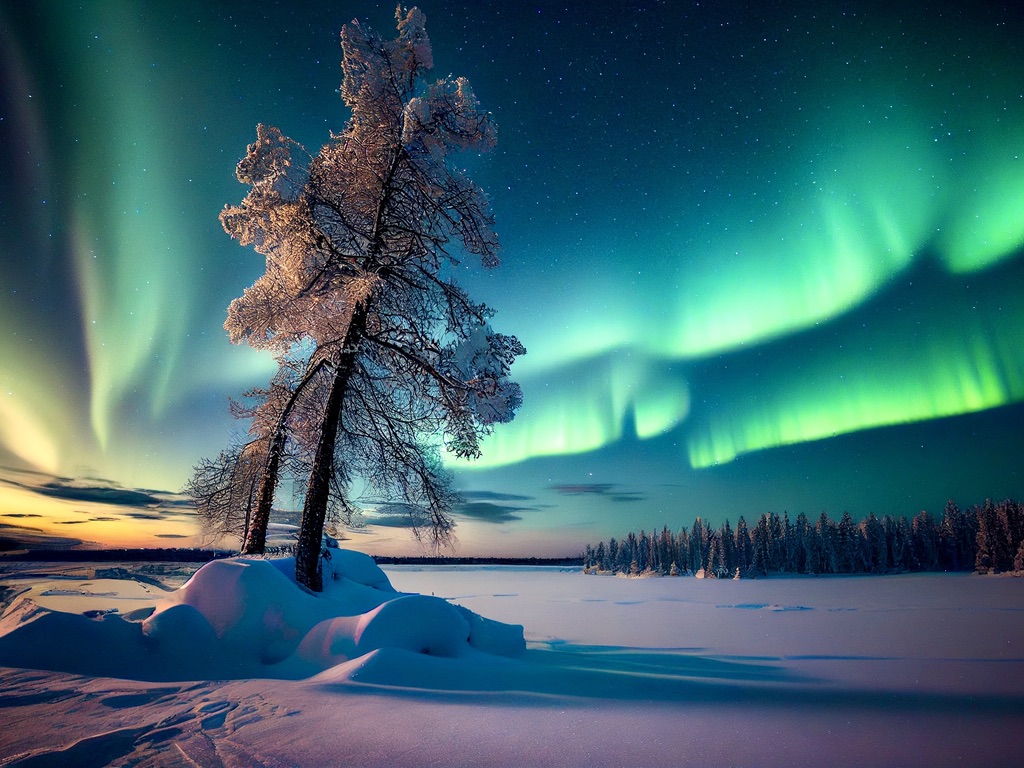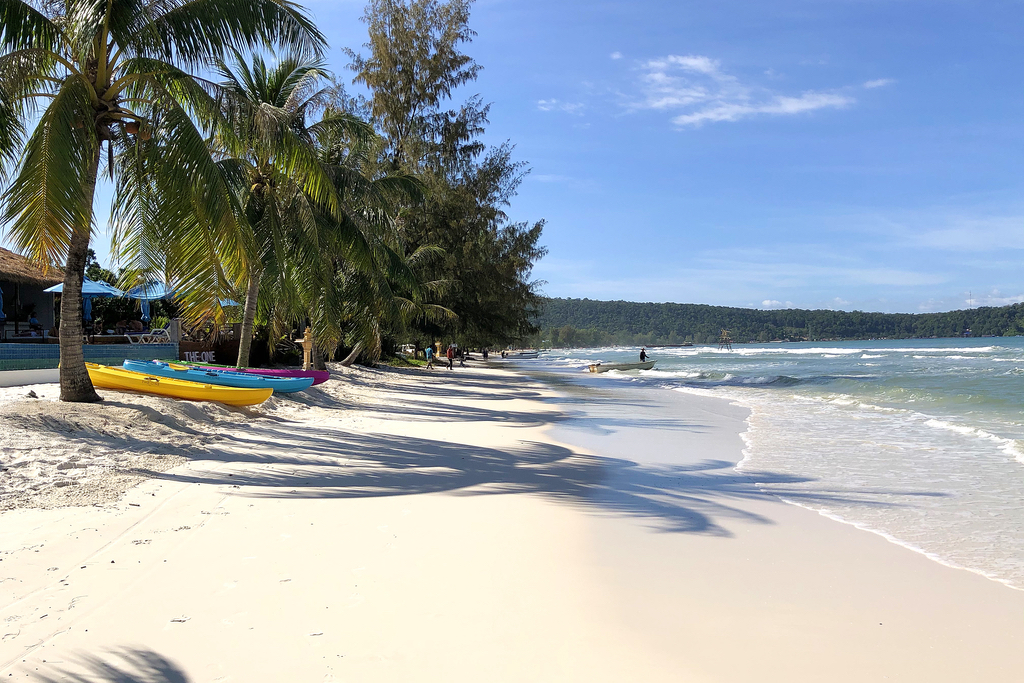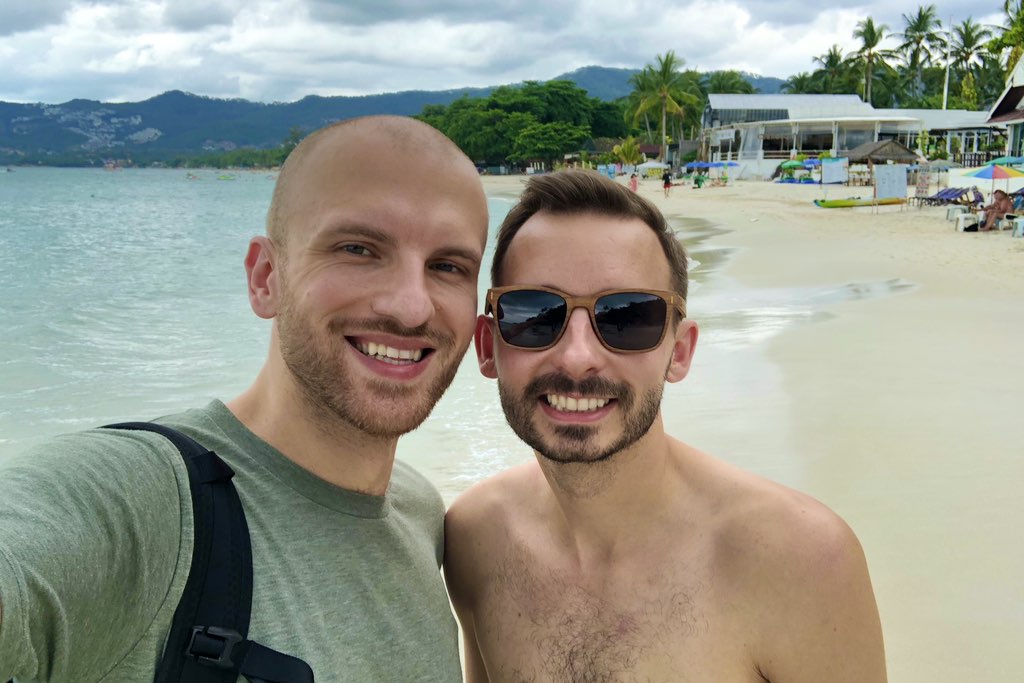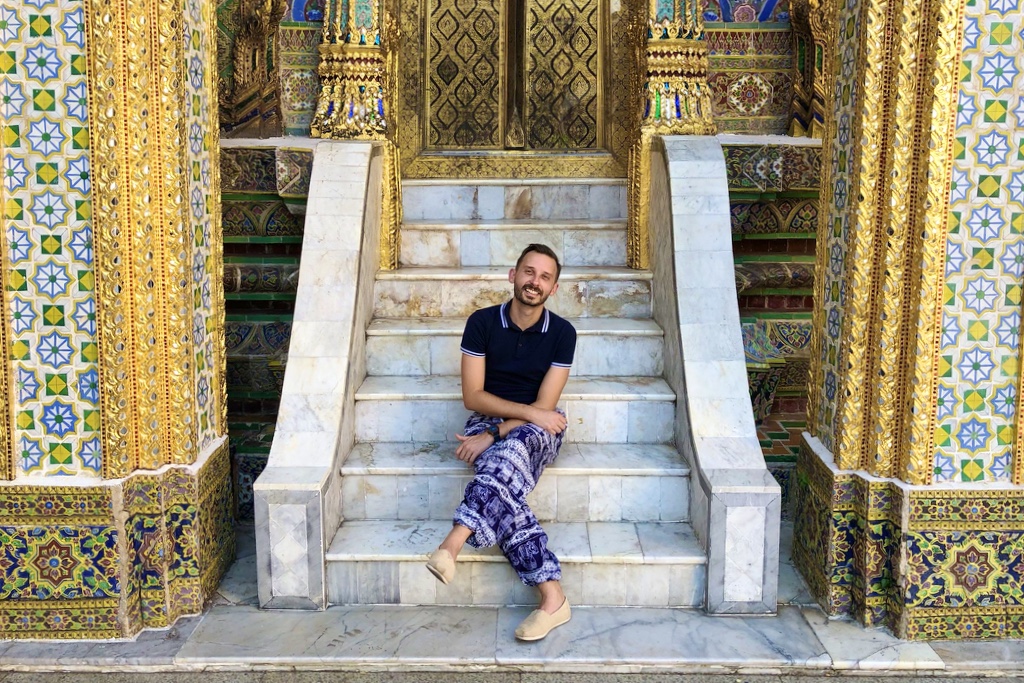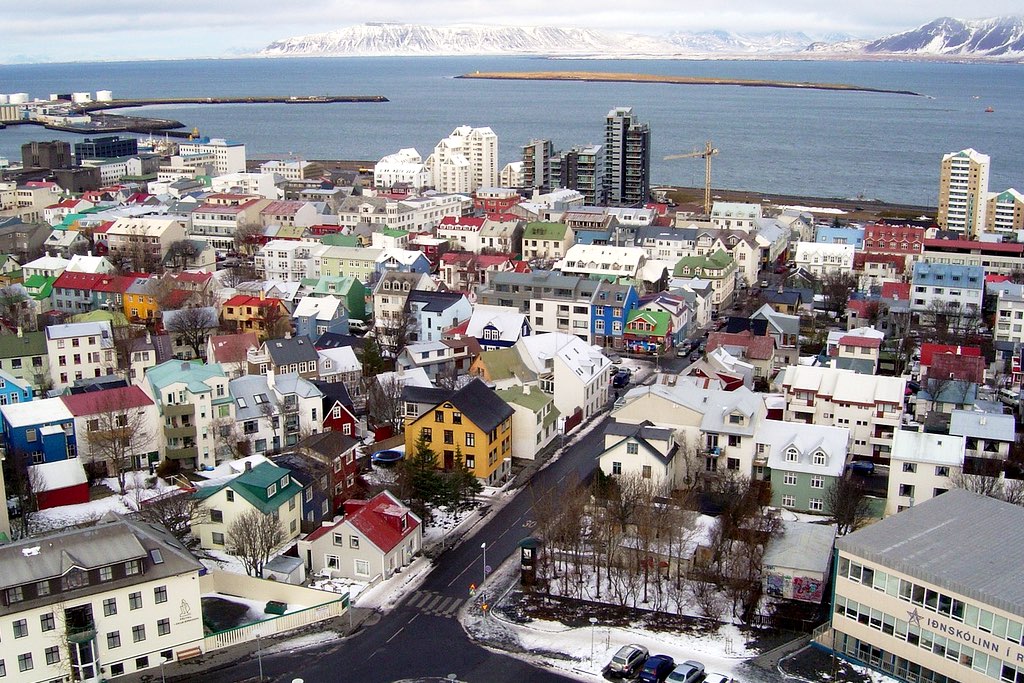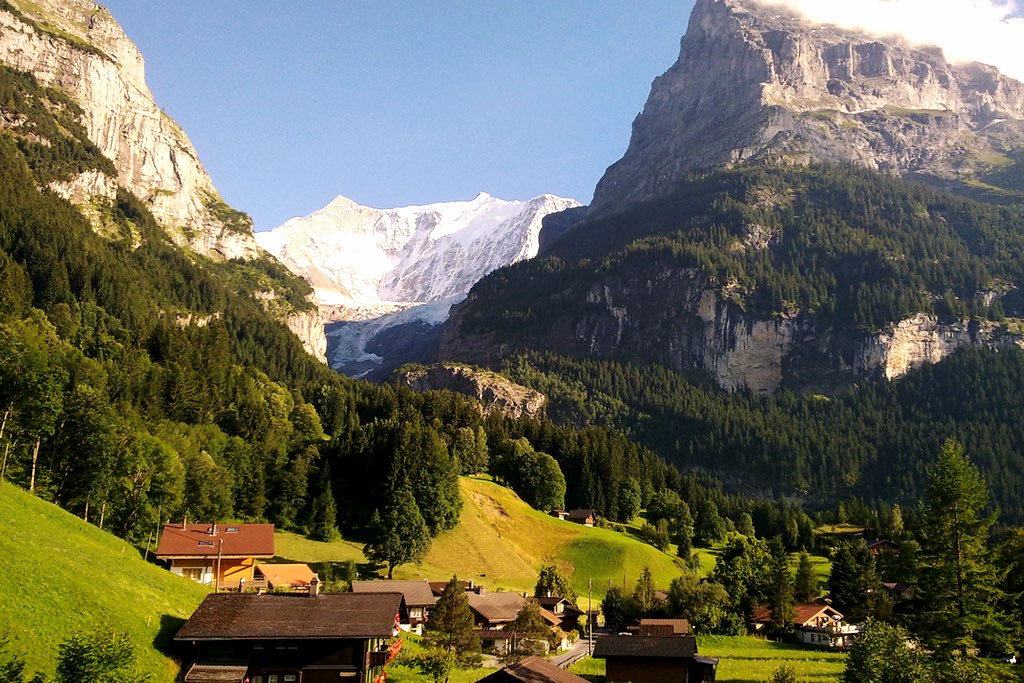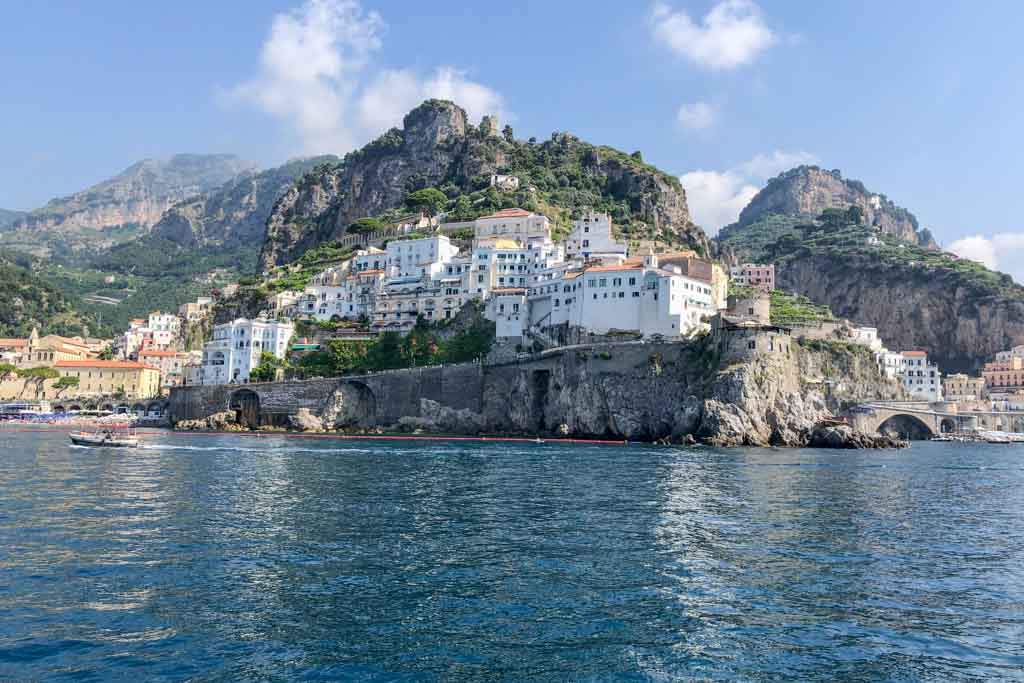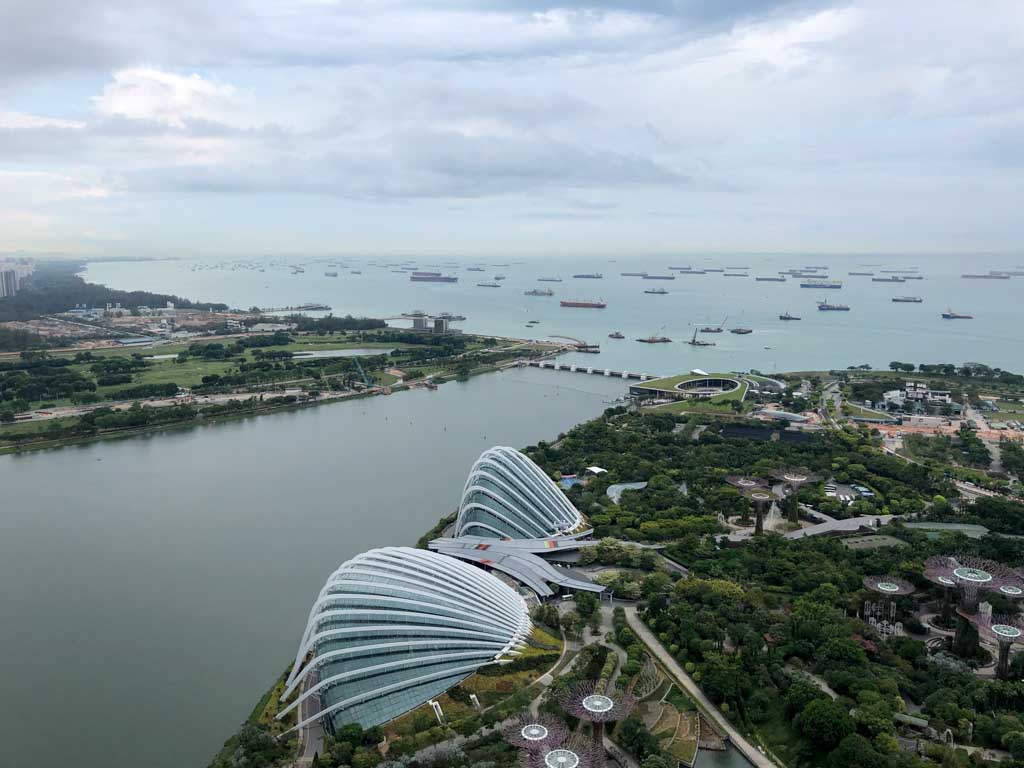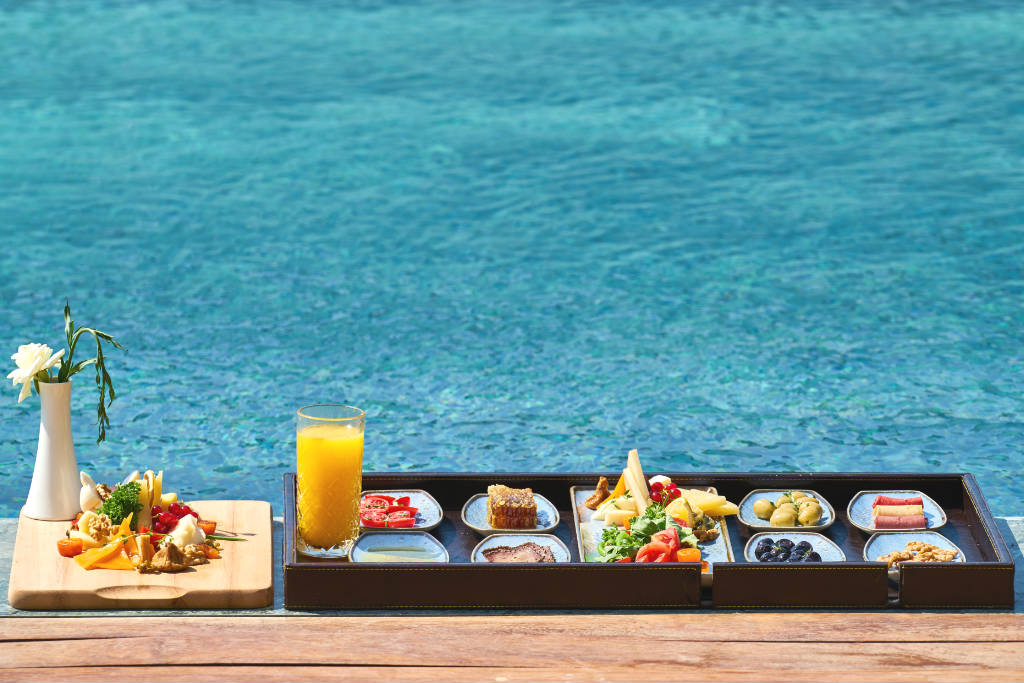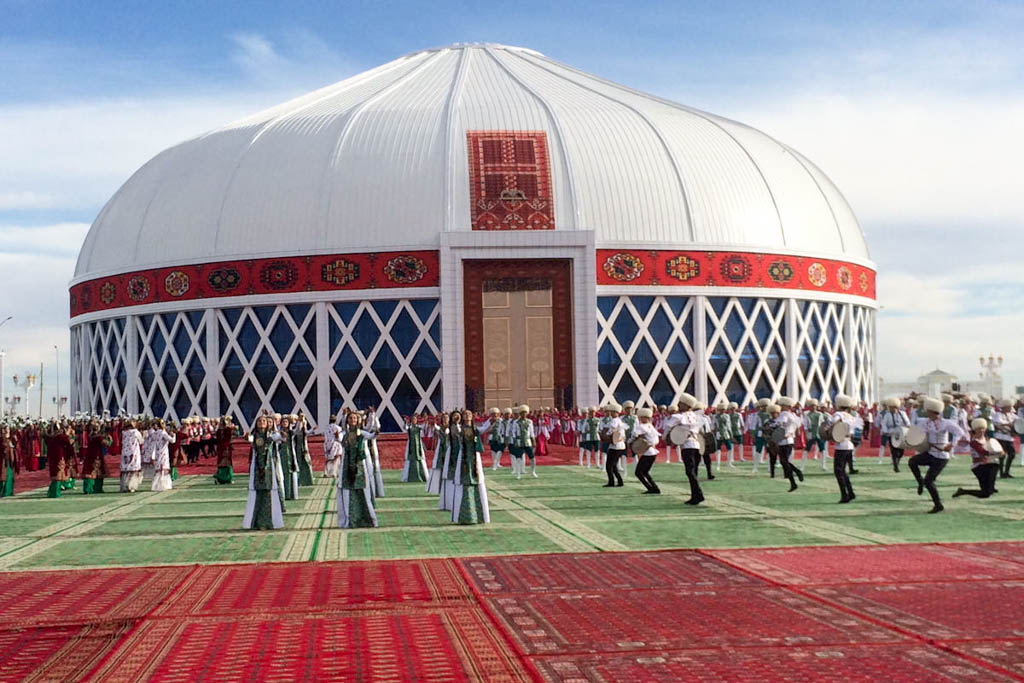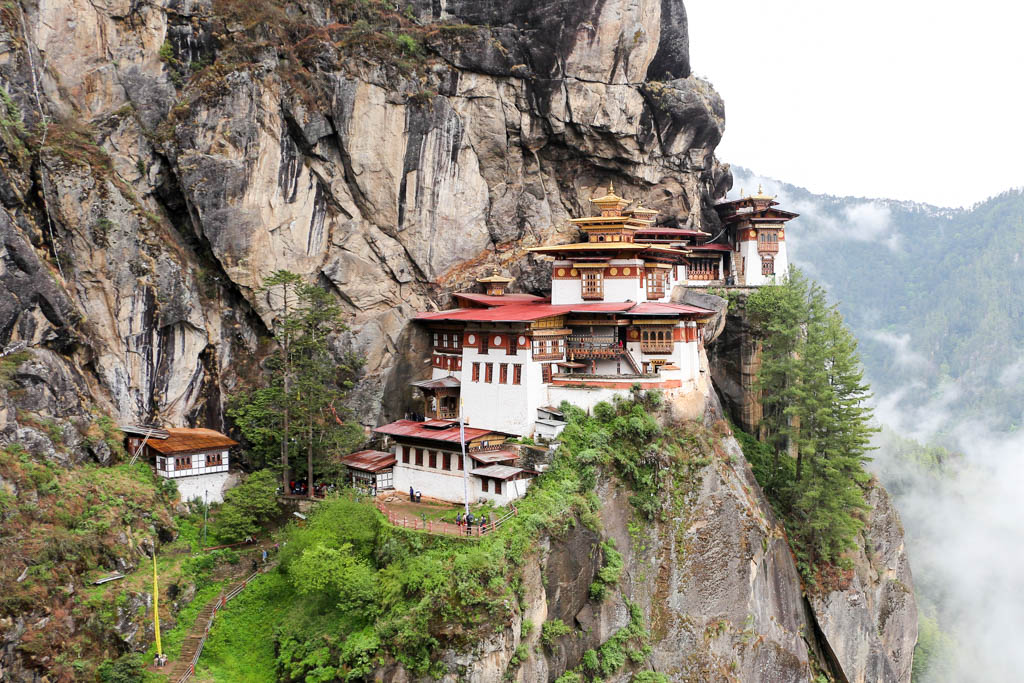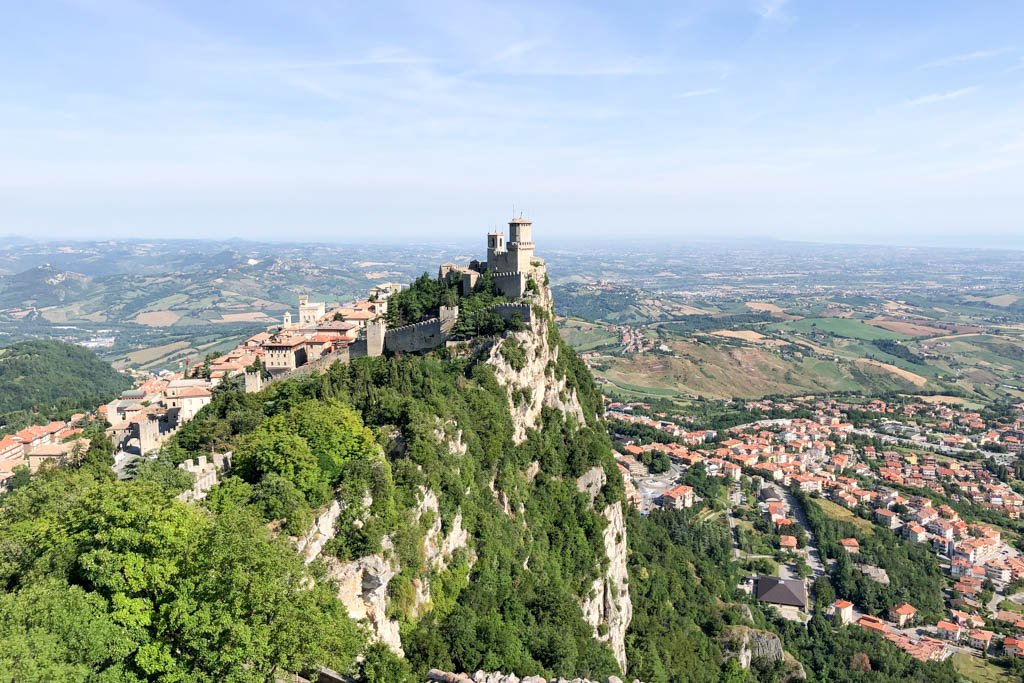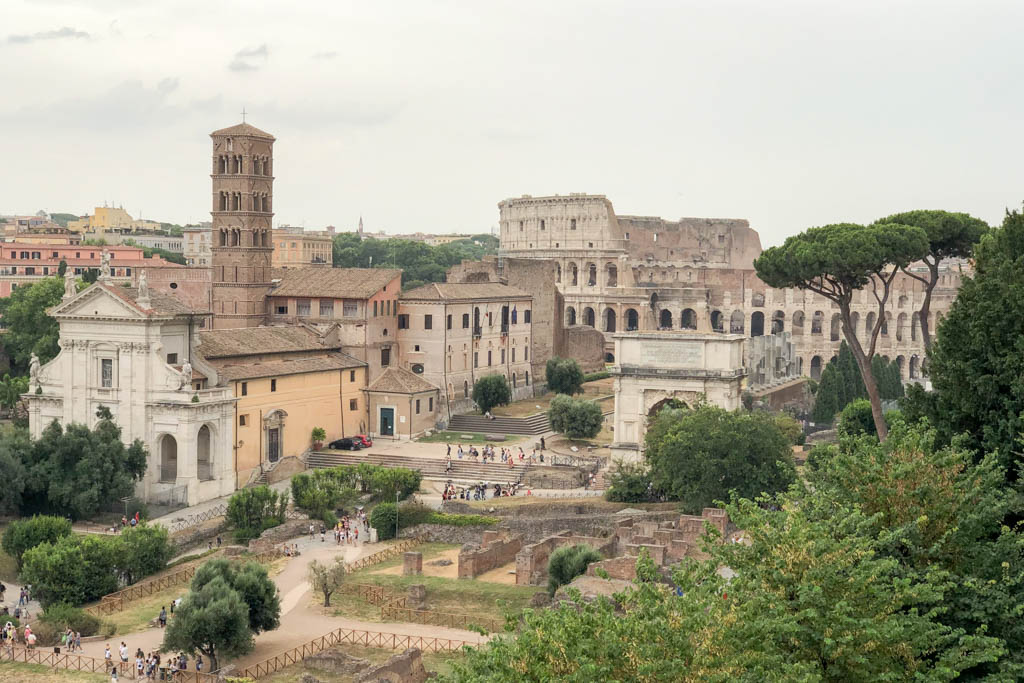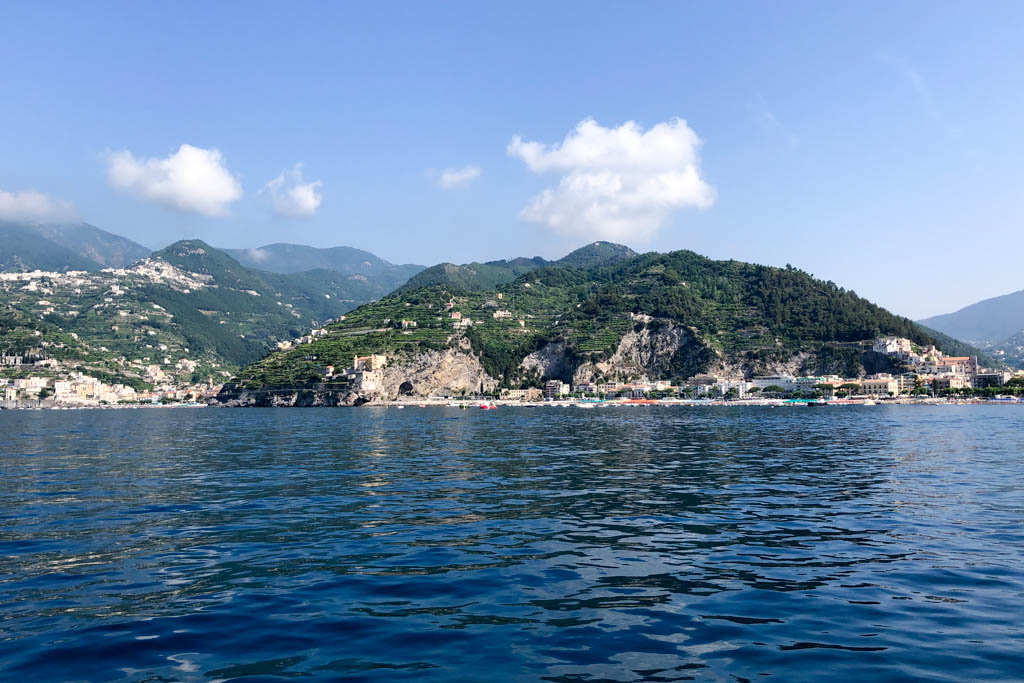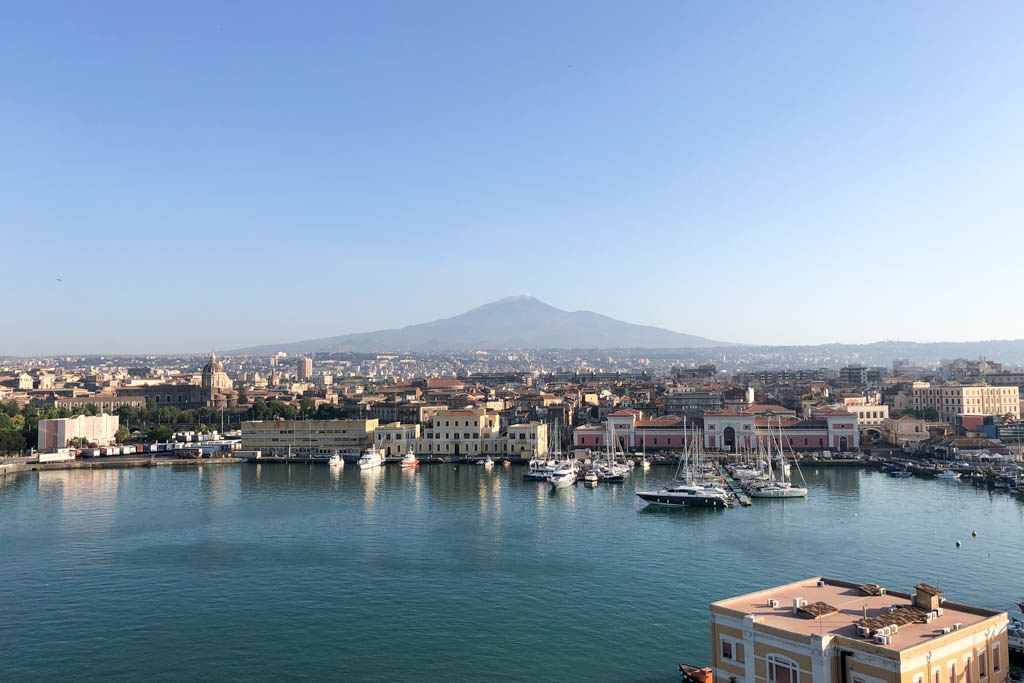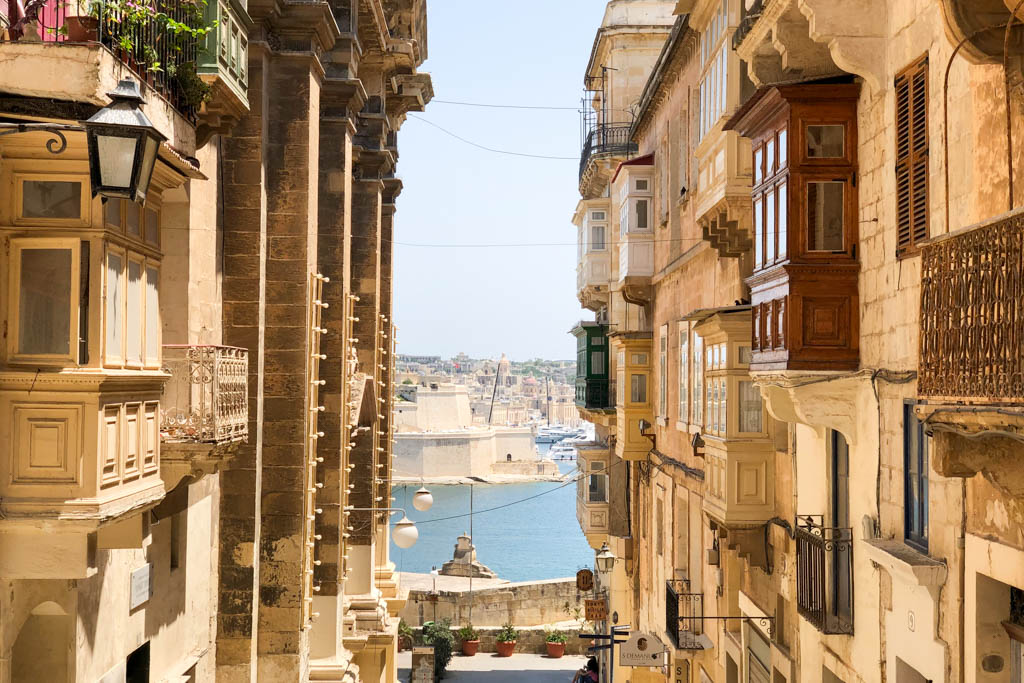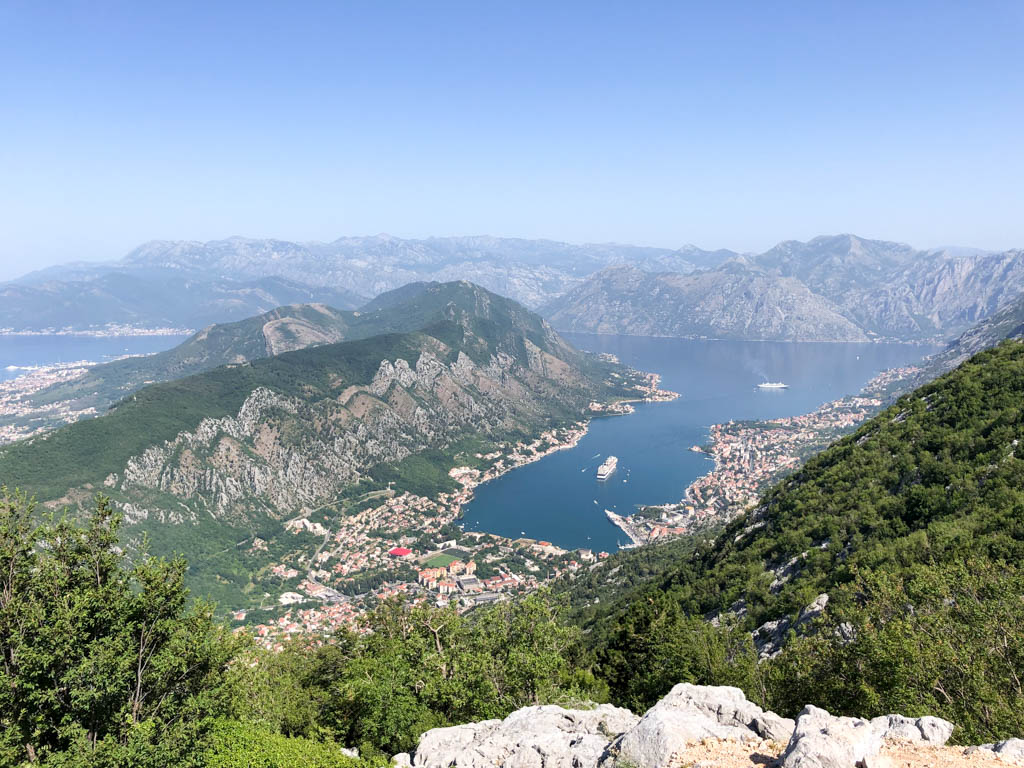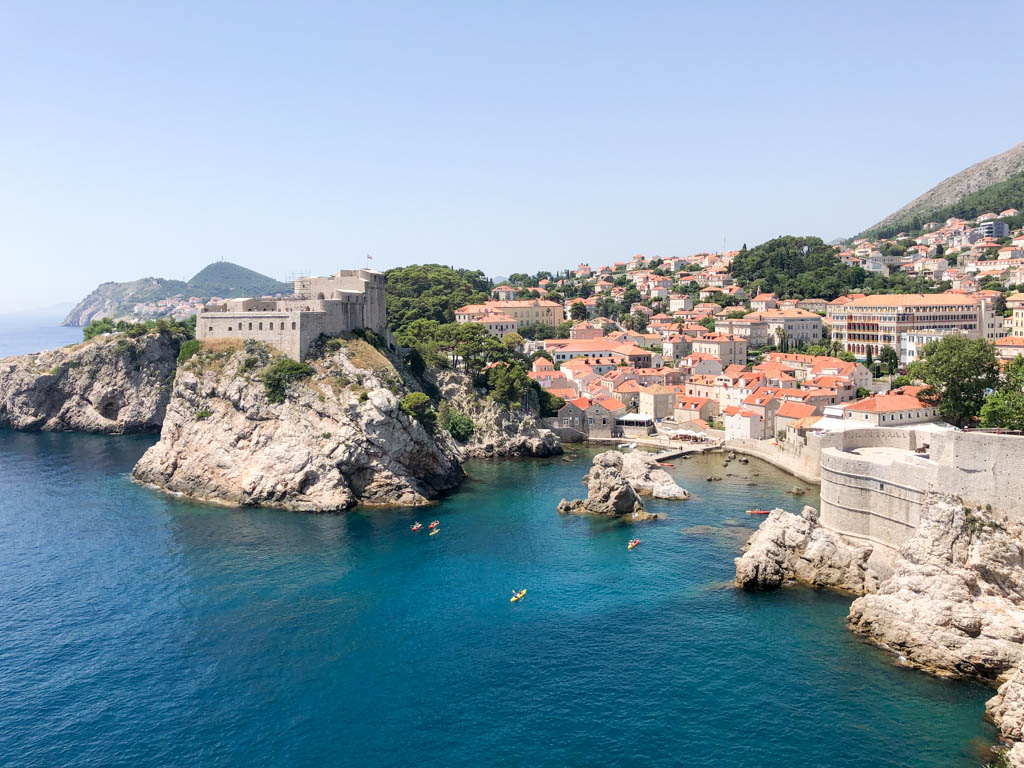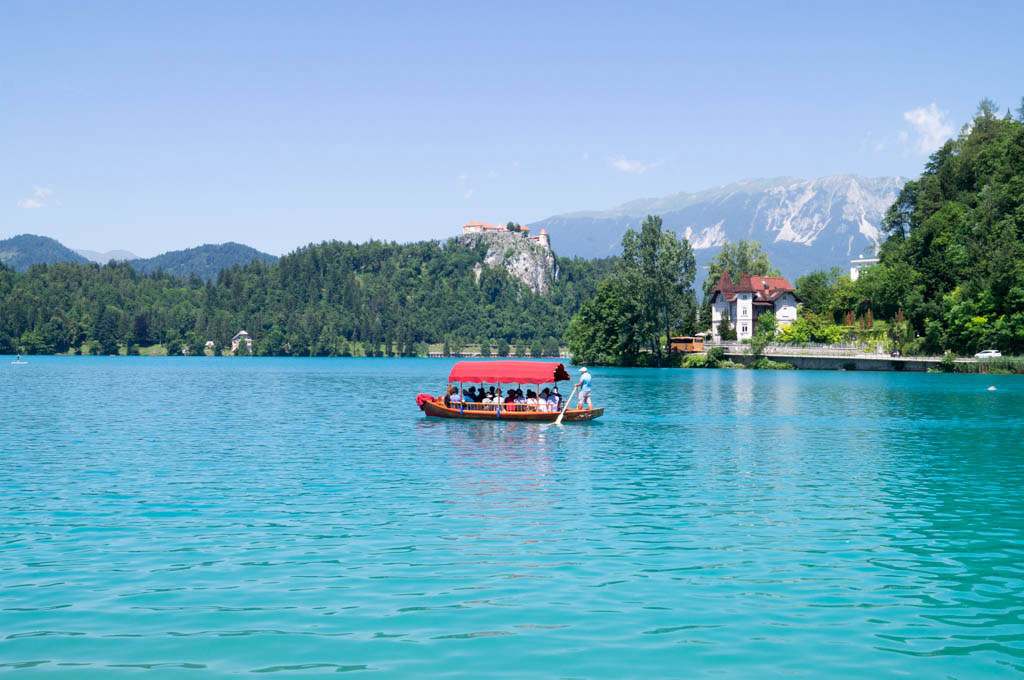The Djemaa El-Fna or Jemaa el-Fnaa, Jemaa el-Fnaa, ساحة جامع الفناء in Arabic, is the one of the most famous squares in Morocco and the world. I traveled here back in April 2010, only a year before the square was bombed at the restaurant I ate at (Reportedly due to a terrorist attack). But don’t feel alarmed! Traveling to Morocco is safe and this square is an absolute must visit.
So what’s at the Djemaa El-Fna?
The Djemaa El-Fna is still consider the center square of Marrakesh for locals and tourists. In the early part of a day the square has orange juice stands, date sellers, and incense. There is a traditional Moroccan Souk that borders the Djemaa El-Fna but is not considered part of the square. For our sake I combine the Djemaa El-Fna with the souk as they kind of go hand in hand.
During the day time is actually the best time to walk around the souks. That’s because it can be hot in Marrakesh and the covered souks give relief. Overwhelming at first, the souks are a wonderful place filled with everything you can possibly imagine. There are camel duffel bags, scarves, spices, little Moroccan souvenirs, tea pots, tea glasses, pointy shoes (Moroccans are famous for them) and so much more.
Back at the Djemaa El-Fna square you see boys with Barbary Apes asking foreigners to take pictures with them; expect to pay a tip or fee! There are men with bright costumes who sell water which might come in handy on a hot day.
As the day progresses the scene at Djemaa El-Fna changes. Orange juice stands are replaced with story tellers who usually speak in Arabic or Berber, magicians and dancing boys. And as night becomes closer the square only gets busier. The best time is actually to come right before dinner time.
I had some friends who stayed in a hotel near the Djemaa El-Fna. The hotel was interesting because it had an open court with a nice garden filled with Moroccan decoration. Typical style for this part of Marrakesh. The hotel was surprisingly nice and I’m sure it was a bargain to stay in.
We all ventured through the old city which consists of narrow curvy streets. What’s great about the old city of Marrakesh is it actually feels like an old city and it’s constantly used every day. At night foreigners should walk with a group so you don’t get mugged or scammed (rarely does it happen but it’s possible). Our group made our way the streets to the many cafes that line the Djemaa El-Fna square. Walking through the streets you do have the slight feeling of confusion. The streets are barely lit and there are motorcycles and people constantly moving in every directions.
By the time we get to the café it’s already late, around 10pm, but for locals the square is just getting started. The square will be open roughly to 1am. At the cafe we quickly were escorted in and find a seat on the second floor so we can have a great view of the Djemaa El-Fna from above. My new favorite drink was Moroccan mint tea and it’s indescribable! No where else have I had tea like the mint tea I had in Morocco.
The setting was unlike anything I’ve experienced. Late at night you can see the food stalls steam rising and locals selling all types of goods. You can see acrobats, henna tattoo artists, astrologers, etc. All types of meats, salads, fruits, breads, and even steaming snails are sold under the many stands. In the square it’s hard to even take a picture because of the constant movement. It’s why most of my pictures turned out fuzzy.
While at the cafe we go to relax and gaze at organized chaos. The food was fantastic and more importantly authentic. We sipped on moroccan mint tea while chowing down on some authentic cous-cous, meats and bread. This is part of being at the Djemaa El-Fna. Relax with great company, enjoy the surroundings and eat great food.
Thinking about going?
Today the square is still bustling and is a valuable tourist attraction for Morocco. You could spend all day in the square gazing at the constant chaos and excitement. The souks are highly advised for souvenirs and authentic Moroccan shopping, just be ready to barter and sift through thousands of items!
Both the souks and Djemaa El-Fna It has been labeled by UNESCO as a culture space due to it’s active concentration of traditional activities. And as Juan Goytisolo puts it
“The spectacle of Jamaa el Fna is repeated daily and each day it is different. Everything changes — voices, sounds, gestures, the public which sees, listens, smells, tastes, touches. The oral tradition is framed by one much vaster — that we can call intangible. The Square, as a physical space, shelters a rich oral and intangible tradition.”
images by: shawnvoyage













